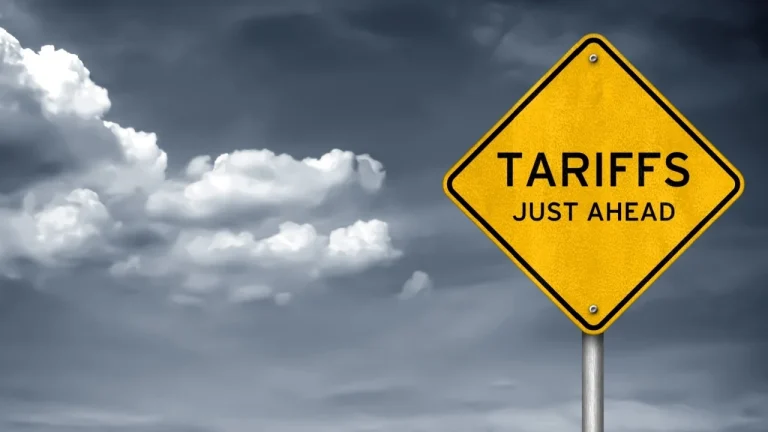
Australia’s financial regulators have turned their attention to crypto ATMs, citing concerns over anti-money laundering (AML) and counter-terrorism financing (CTF) compliance. The Australian Transaction Reports and Analysis Centre (AUSTRAC), responsible for monitoring financial crime, has begun enforcing stricter regulations on these machines, warning operators that failure to comply could lead to severe penalties.
With crypto adoption rising and ATMs becoming a crucial on-ramp for users looking to exchange cash for digital assets, this crackdown signals a major shift in the country’s regulatory stance. What does this mean for crypto users and businesses? Let’s break it down.
Why Is Australia Targeting Crypto ATMs?
Australia has witnessed a steady increase in crypto ATM installations, catering to individuals looking for a convenient way to buy and sell digital currencies. However, AUSTRAC has raised alarms over:
🔹 Lack of Proper KYC (Know Your Customer) Checks – Some crypto ATMs allow transactions without verifying user identities, making them attractive for illicit activities.
🔹 High-Risk Transactions – Authorities suspect that criminals may be using these machines for money laundering, fraud, or tax evasion.
🔹 Insufficient Monitoring – Many ATM operators fail to report suspicious transactions, violating AML/CTF laws.
As a result, AUSTRAC is taking decisive action to tighten regulatory oversight and ensure that crypto ATMs operate within legal financial frameworks.
How the Crackdown Will Impact Crypto ATM Operators
Under AUSTRAC’s enhanced compliance measures, crypto ATM operators must:
✅ Implement Stronger KYC Procedures – Users will be required to provide valid ID verification before transactions are approved.
✅ Increase Transaction Monitoring – Operators must report suspicious activities and ensure they do not facilitate illegal transfers.
✅ Comply with AUSTRAC’s AML/CTF Reporting Rules – Regular compliance audits will be conducted to assess whether businesses adhere to financial laws.
Failure to comply could lead to hefty fines, machine shutdowns, or legal action against ATM providers.
Australia’s Broader Stance on Crypto Regulation
This move is part of a larger crackdown on unregulated crypto activities in Australia. Recent actions include:
🚨 Increased Oversight on Crypto Exchanges – Authorities are pushing for stronger licensing frameworks to regulate exchanges.
🚨 Targeting Unregistered Operators – Businesses dealing in digital assets must register with AUSTRAC or face penalties.
🚨 Consumer Protection Measures – Lawmakers are exploring investor safeguards against fraud and market manipulation.
Despite these restrictions, Australia remains one of the leading crypto-friendly nations, with growing institutional and retail adoption. Regulators aim to strike a balance between innovation and financial security.
What This Means for Crypto Users
For everyday crypto users, these regulations will introduce more verification steps when using ATMs. While this may reduce anonymous transactions, it will also help legitimize the industry and prevent illicit use.
Potential Outcomes:
✅ Increased trust in crypto services through compliance with financial laws.
✅ More secure transactions, reducing risks of scams or criminal misuse.
⚠️ Stricter access to cash-based crypto purchases, limiting anonymous trading options.
For businesses, adapting to these changes quickly is crucial to avoiding fines and ensuring long-term sustainability in the evolving regulatory environment.
Final Thoughts: A Necessary Move or Overregulation?
Australia’s crackdown on crypto ATMs reflects the global trend of tightening regulations in the digital asset space. While some argue that these measures protect consumers and reduce financial crime, others believe they stifle innovation and limit privacy.
As authorities continue to shape crypto laws, industry players must stay vigilant and compliant to thrive in this rapidly changing landscape. Whether this is the beginning of broader crypto restrictions in Australia remains to be seen, but one thing is certain: regulation is here to stay.






